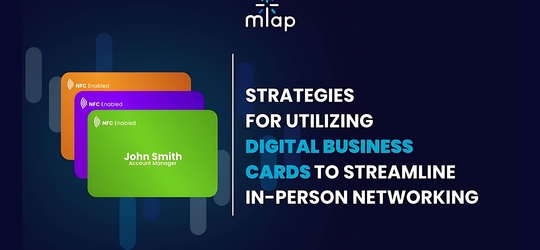
Just a few days ago, we visited with a group of motivated small business owners exploring their experiences at larger business networking events.We shared our own networking story, describing our journey of anticipation, anxiety, exhilaration, achievement and overwhelm with them.
While they all could relate to our experience, we were surprised to learn how many struggled to make larger business networking events produce consistent results for their business.
How often do you struggle to get results at networking events?
As we explored their challenges more deeply, we discover four key challenges that even those who had a plan of action struggled with:
- Multiple Contact Channel Friction
- Lack of Engaging Content
- No “stickiness” to next steps
- No follow-up framework
Let’s examine each of these challenges:
Multiple Contact Channel Friction
Multiple contact channel friction refers to the challenges people face when trying to connect with others through multiple channels, such as paper business cards, digital business cards, QR codes, email, social media, phone and even hand-written notes.. The are a number of reasons this problem is so pervasive in larger business networking events:
- Information overload: At a larger business networking event, you typically meet so many people it can be overwhelming. With so many channels available to connect, it becomes difficult to keep track of all the conversations and information they are receiving.
- Inconsistent communication: There is always a flurry of activity after a larger business networking event. You send and receive many different messages depending on the channel you use to communicate, which can lead to confusion and misunderstandings.
- Misaligned expectations: Different people have different expectations in terms of response times and communication styles, which can create friction and misunderstandings.
- Difficulty in building rapport: Did you collect a business card or make a meaningful connection? It can be difficult to build meaningful relationships when they communicate through multiple channels, as it is harder to establish a consistent connection.
- Time-consuming: Connecting after a larger business networking event can take a lot of time. Managing multiple communication channels can devour your valuable time, especially if you are trying to keep up with multiple conversations simultaneously.
To overcome these challenges, you need to prioritize your preferred channels of communication and establish clear expectations for how and when you communicate with others.
You also need to be mindful of the communication styles and preferences of others, and adjust to their approach accordingly.
Make sure you are intentional about building and maintaining relationships through consistent and authentic communication.
Lack of Engaging Content
Delivering engaging content is essential in business networking as it helps to capture people's attention and establish meaningful connections.
Of course there are several challenges in delivering engaging content effectively:
- Lack of knowledge or expertise: People may struggle to deliver engaging content if they don't have the necessary knowledge or expertise in their field.
- Lack of creativity: People may find it challenging to come up with fresh and exciting ideas that capture people's attention and keep them engaged.
- Inability to adapt: People struggle to adjust their content to the needs and interests of different audiences, leading to disengagement and missed opportunities.
- Overly promotional content: People may be tempted to use networking opportunities to promote themselves or their products, which can be a turnoff for others.
- Poor delivery: Even with great content, people may struggle to deliver it in a compelling and engaging way, leading to disinterest and missed opportunities.
To overcome these challenges, people may need to invest time and effort in developing their knowledge and expertise, as well as their creativity and ability to adapt to different audiences.
They may also need to focus on providing value to others rather than promoting themselves, and practice delivering their content in a clear, concise, and compelling way.
A great approach is to seek feedback from others to identify areas for improvement and refine their approach over time.
No “stickiness” to next steps
Establishing sticky connections in business networking refers to creating meaningful, lasting relationships that are beneficial for all parties involved. Here are some of the challenges in establishing sticky connections:
- Lack of authenticity: People may struggle to be genuine and authentic in their interactions, leading to superficial relationships that don't last.
- Limited time and resources: People may have limited time and resources to invest in building and maintaining relationships, making it difficult to establish sticky connections.
- Difficulty in finding common ground: People may struggle to find common interests or experiences that can help to establish a strong connection with others.
- Inability to follow up and stay connected: People may fail to follow up and stay connected with others over time, leading to lost opportunities and weaker relationships.
- Cultural barriers: People from different cultures may have different communication styles, leading to misunderstandings and difficulties in building strong connections.
To overcome these challenges, people may need to focus on being authentic and genuine in their interactions, and investing time and effort in building and maintaining relationships.
They may also need to actively seek out common ground with others, and be mindful of cultural differences that may impact their interactions.
Establish clear goals and expectations for your networking efforts and prioritize your relationships based on their potential for mutual benefit and long-term sustainability.
No follow-up framework
Having a follow-up framework is essential in business networking as it helps to maintain and strengthen relationships over time.
Implementing a follow-up framework in their business networking comes with its own set of challenges:
- Lack of organization: People may struggle to keep track of their contacts and follow-up actions, leading to missed opportunities and weakened relationships.
- Time constraints: People may have limited time to invest in follow-up activities, making it difficult to establish a consistent follow-up framework.
- Ineffective follow-up methods: People use ineffective follow-up methods, such as generic emails or automated messages, which lead to disengagement and lost opportunities.
- Fear of being perceived as pushy: People may worry about being too persistent or pushy in their follow-up efforts, leading them to avoid follow-up altogether.
- Lack of clarity on follow-up goals: Many people struggle to define clear goals and expectations for their follow-up efforts, making it difficult to prioritize and implement an effective follow-up framework.
You need to invest time and effort in organizing your contacts and follow-up actions, and use tools such as a customer relationship management (CRM) system to keep track of their progress to overcome these challenges.
You also need to be intentional about your follow-up methods, using personalized and targeted messages that demonstrate a genuine interest in building and maintaining relationships.
With clear goals and expectations for your follow-up efforts, you can prioritize your contacts based on their potential for mutual benefit and long-term sustainability.
End your suffering at business networking events
You really don’t need to suffer with the challenges of multiple contact channel friction, lack of engaging content, no “stickiness” to your next steps or no follow-up framework in your business networking events.
What you do need is a first contact management solution with a networking hub to manage all of your first contact activity.
If you are ready to stop suffering at networking events, attend our free webinar, Strategies for Utilizing Digital Business Cards to Streamline Networking.
